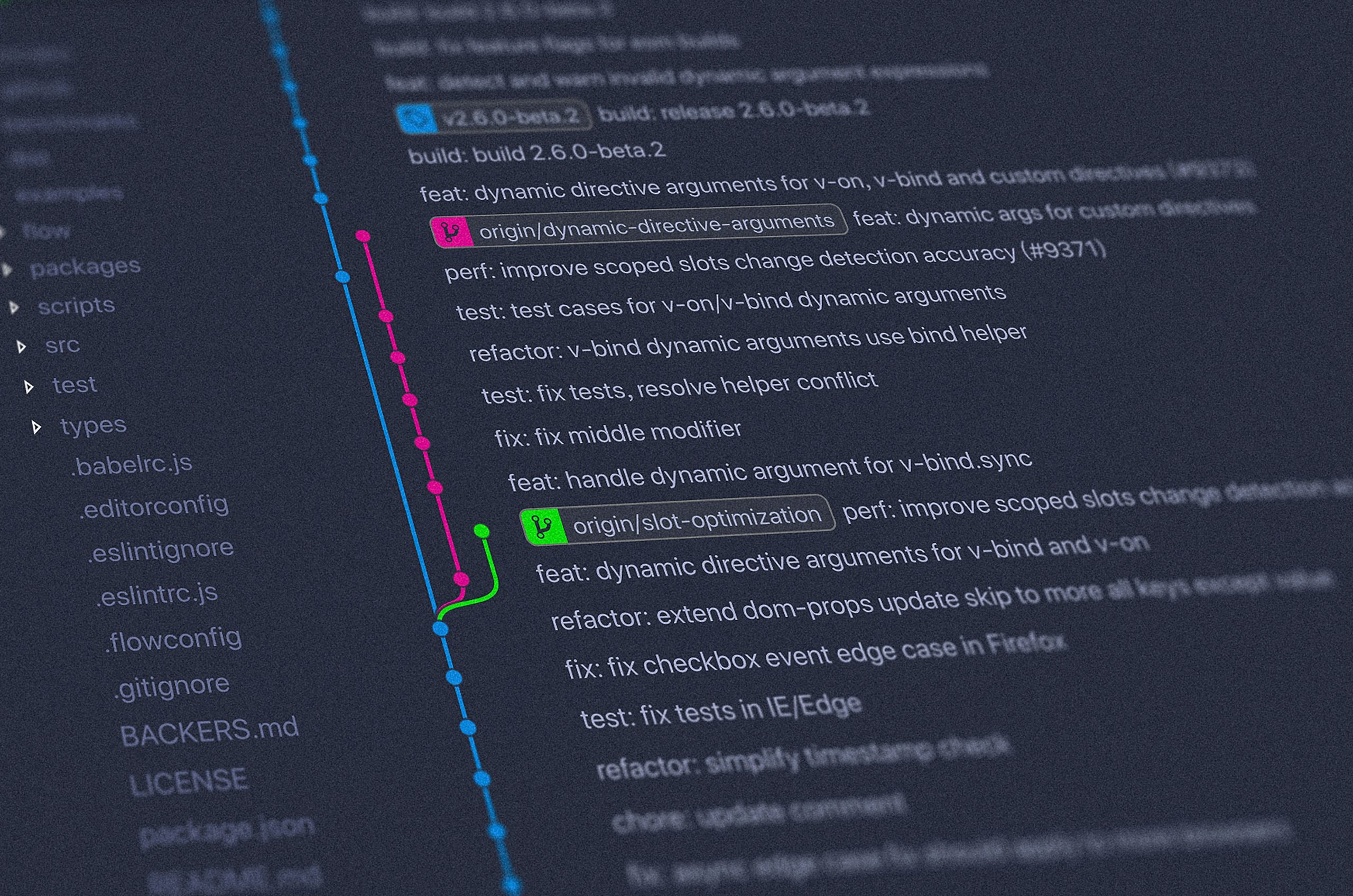Measuring ROI of Good UX Design: A Path to Successful Business Outcomes
In today’s competitive digital landscape, businesses are increasingly focusing on the quality of user experiences (UX) they provide. But how can we quantify the value of these experiences? Measuring ROI of good UX design offers insights into how well your UX strategies are translating into business success. Understanding this return on investment (ROI) is crucial for validating UX improvements and prioritizing future design endeavors.
Understanding the Importance of Measuring ROI of Good UX Design
Good UX design isn’t just about aesthetics; it’s about functionality, efficiency, and ultimately, user satisfaction. Investing in superior UX design can lead to significant business benefits such as increased customer loyalty, reduced development costs, and improved conversion rates. Measuring ROI in UX design involves determining how these benefits stack up against the investment made in design resources and strategies.
The Impact of Good UX Design on Business Performance
UX design can significantly influence key performance metrics such as:
- Conversion Rates: Enhanced user experiences can simplify navigation, making it easier for users to complete desired actions like purchases or sign-ups.
- Customer Retention: Satisfied users are more likely to return, reducing churn rates and increasing customer lifetime value.
- Cost Savings: Addressing usability issues early in the design phase can minimize costly redesigns and support expenses later on.
Key Metrics for Measuring ROI of Good UX Design
When evaluating the ROI of your UX initiatives, several key metrics can provide valuable insights:
1. User Engagement Metrics
These metrics, such as time on site, page views, and bounce rates, offer clues about how users interact with your digital product. Tools like Google Analytics can help track these behaviors and assess improvements post-redesign.
2. Conversion Rates
Measure how changes in UX design influence activities like sign-ups, purchases, and other conversion goals. A/B testing can be a powerful method to determine which design elements drive these actions.
3. Customer Feedback and NPS Scores
Gathering direct feedback from users via surveys or evaluating Net Promoter Score (NPS) can reveal perceptions of the UX and indicate potential areas for enhancement.
4. Task Success Rates and Efficiency
How effectively can users complete tasks on your platform? By measuring task success rates and the time taken to perform specific actions, you can gauge the UX’s effectiveness and pinpoint friction points.
Strategies for Enhancing the ROI of UX Design
To ensure you’re maximizing the ROI of your UX improvements, consider these strategies:
Prioritize User-Centric Design
Investing time in understanding your users through research and personas ensures that your design decisions align with user needs and expectations.
Incorporate Usability Testing Early On
Frequent testing throughout the development process can identify issues early, leading to more efficient iterations and a smoother end-user experience.
Align UX Goals with Business Objectives
Ensure that every UX design decision supports broader business goals. Establishing clear objectives allows you to measure success effectively and demonstrate ROI to stakeholders.
Conclusion: The Future of Measuring ROI of Good UX Design
Incorporating good UX design into your business strategy is no longer optional. It’s an investment that, when measured accurately, provides a clear competitive edge. As digital experiences continue to evolve, so will the metrics for evaluating their success. By focusing on user engagement, conversion rates, and customer feedback, businesses can effectively measure and justify the ROI of their UX efforts. Investing in UX is investing in your company’s future growth and sustainability. Embrace the process of Measuring ROI of good UX design, and watch your business thrive.
For more insights on UX design and ROI metrics, you can explore resources like the Nielsen Norman Group’s comprehensive research here.




